“People and technology will be two primary factors shaping the future workplace,” according to Mr. Foo See Yang, Managing Director and Country Head, Singapore at Kelly Services. “Offices will be heavily reliant on an inclusive workforce that includes mature workers, people with disabilities or special needs, and returning mothers. Companies need to make a concerted effort to drive acceptance and improve their integration into the workplace, and trainings – such as soft skills development and flexible and family-friendly work arrangements – will help organizations improve employee satisfaction and retention.”
The rigidity of the old workplace has fallen apart. Productivity is no longer measured or achieved in a designated space within the confines of the office.
Tasks are being completed in different time zones by professionals whose qualifications put the ideal employees’ traits to the test. In fact, a lot of them may not even conform to the term ‘employee’: They don’t show up at 9am, take lunch between 12 noon and 1pm, or call in sick when they can’t come to the office. Instead, they share their ideas at video conferences and upload their completed work to the cloud server.
Such offerings will enable all employees to fulfil their potential at work and dispel any misconceptions people may have about being part of an inclusive workforce, Mr. Foo continues. “For employees to evolve and adjust in the workplace of the future, companies must prepare them.”
“By using technology wisely, we can understand our employees and their needs better,” says Mr. Axel Berkling, Executive Vice President, Asia-Pacific at KONE Corporation. “The biggest power we have today is the streamlined data collected through Artificial Intelligence (AI) and machine learning; this data can give us huge insights which would help us support the aspirations of our teams.”
Mr. Berkling believes that digitalization is formative of the workplace of the future and with it increased fluidity, interconnectivity, and network-orientation of work are some factors that are expected as a result. “New online collaboration tools give customers, partners and suppliers a voice in the development process. Robotics will also be increasingly involved in settling menial office tasks, from handling repetitive data input to vacuuming floors. Elevators and escalators will be increasingly adaptive and predictable regardless of the number of people. Upon predicting a person’s closeness to their usual departure time, an elevator may be summoned, with the possibility of waiting a few extra seconds when detecting others fast approaching.”
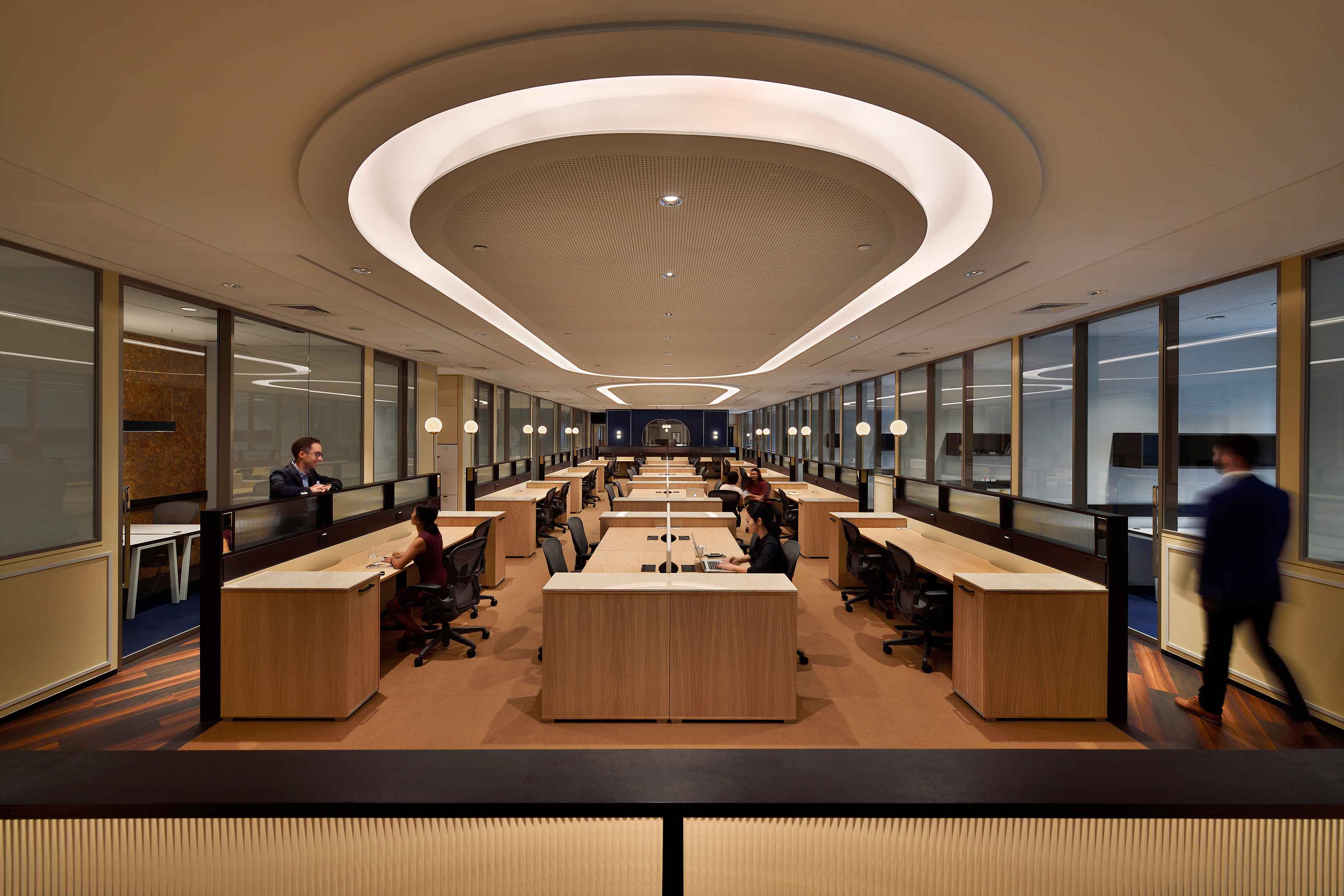 The Work Project, Parkview Square, Singapore
The Work Project, Parkview Square, Singapore
Today’s employees will be expected to work alongside automation and AI and produce work of higher value beyond the repetitive tasks that will eventually be automated. Automation and AI will continue to impact the workplace of the future, Mr. Foo adds.
“They (Automation and AI) have spread across many industries such as healthcare, customer care, retail and finance, functioning alongside humans and making companies more efficient,” Mr. Foo points out. “For example, DBS Bank uses a Virtual Assistant on Facebook Messenger. This feature has helped DBS to handle over 80 per cent of requests on the platform accurately without requiring additional human intervention. This has freed up more employee hours, so they can focus on other aspects of customer service.”
- WORK-LIFE OSMOSIS
- BEYOND OFFICE WALLS
Work-Life Osmosis
Just as the labor profile has changed in response to the new and diverse workplace requirements, the workplace has also gone through enormous transformation. “Our workplaces have evolved quite a bit over the years to reflect the changing working culture. Workplaces today encapsulate a more responsive work environments, with hot desks and open layouts that promote communication among employees,” Mr. Berkling.
(At the KONE office, company facts and trivia adorn the wall to acquaint employees with the company’s history and successes and instilling in them a sense of pride.)
Meanwhile, Ms. Susan Sutherland, Head of Corporate Solutions Research APAC at JLL, believes that we will continue to see the range of different types of spaces and features in the workplace evolve. “A colleague of mine recently used the term ‘expectation drift’ to refer to the raised expectations from daily life bleeding into work and professional life. So what we see in consumer life will eventually be adapted into the workplace.”
“Features and amenities that will make employees comfortable and happier will evolve with consumer expectations, such as support around counselling and mental health for employees and their families, or meal delivery services provided at a subsidized price. Any of those things and more could appear in the future. And employees will want it to feel authentic and honest, not just a tick-box exercise, so there will be more of a human touch.”
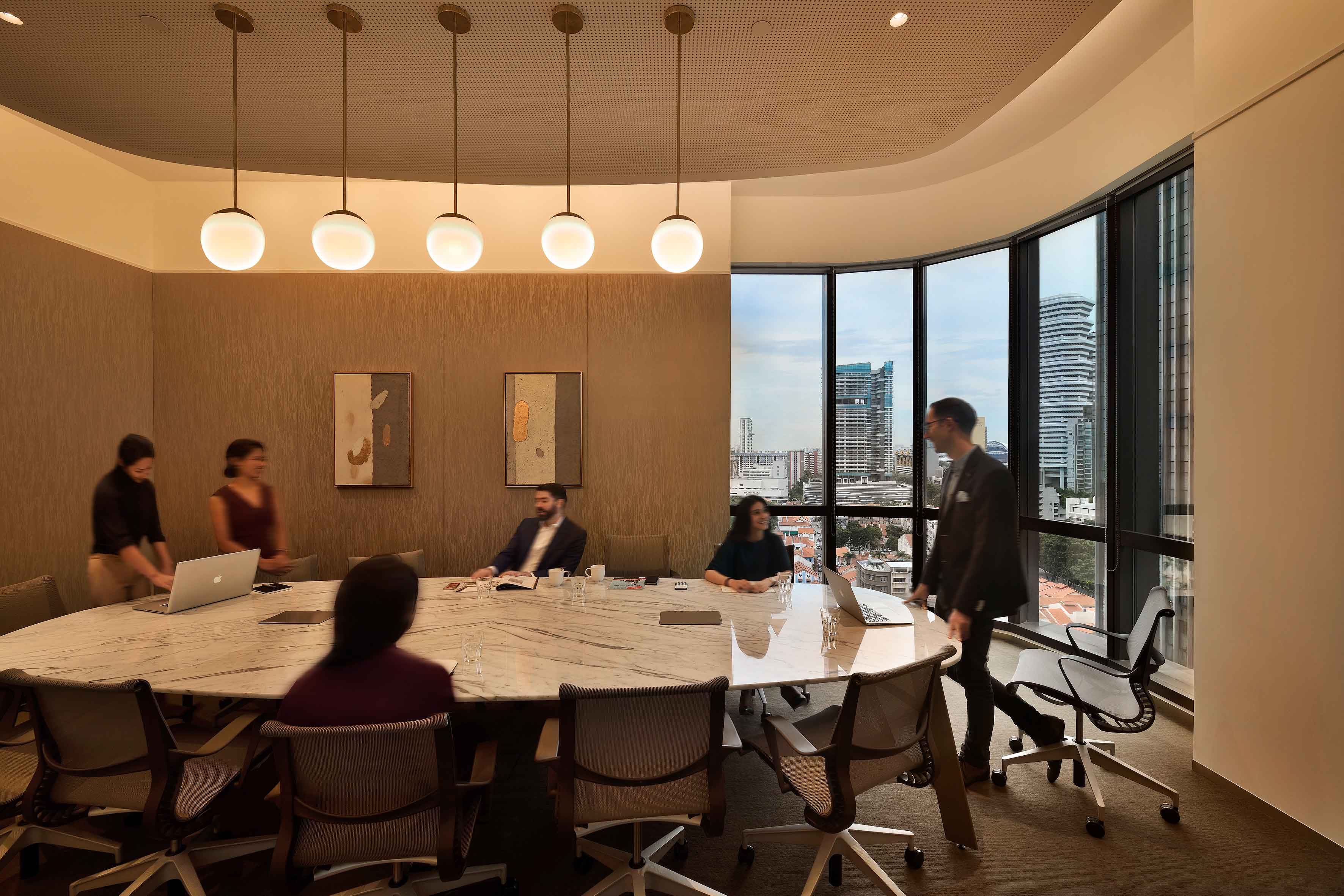 The Work Project, Parkview Square, Singapore
The Work Project, Parkview Square, Singapore
Companies need to prepare for and manage the workplace of the future with a well-informed strategy, and not just reactionary thinking. Those that fail to do so will ultimately be left behind, Mr. Berkling cautions.
Ms. Sutherland asserts that ‘flexibility’ is the watchword and we can expect it to see it in layouts as well as in opportunities for teams and individuals to customize their own workspaces to fit their needs. “Any company that doesn’t provide flexibility and a comfortable and amenity-rich experience to their employees will be left behind as they try to recruit and retain the best talent,” she says, predicting that the workplace will be an extension of home.
Flexibility arises from technological and architectural advances, as well as the increasing adaptability of how people work, adds Mr. Berkling. “People are more inclined toward working from home or maintain flexible working hours at the physical office location. The traditional concept of a fixed retirement age will cease to exist, with an aging workforce continuing its contribution for years on a flexible schedule.”
However, Mr. Berkling feels that the open office concept may not completely continue due to considerations over people’s privacy. “The flexibility in people flow will take precedence in reflecting less traffic at traditional open and closing times. This is when elevator capacity plays a critical role, with the need to strike a balance between the potential to move many people and the rising importance of individual experience and efficiency.”
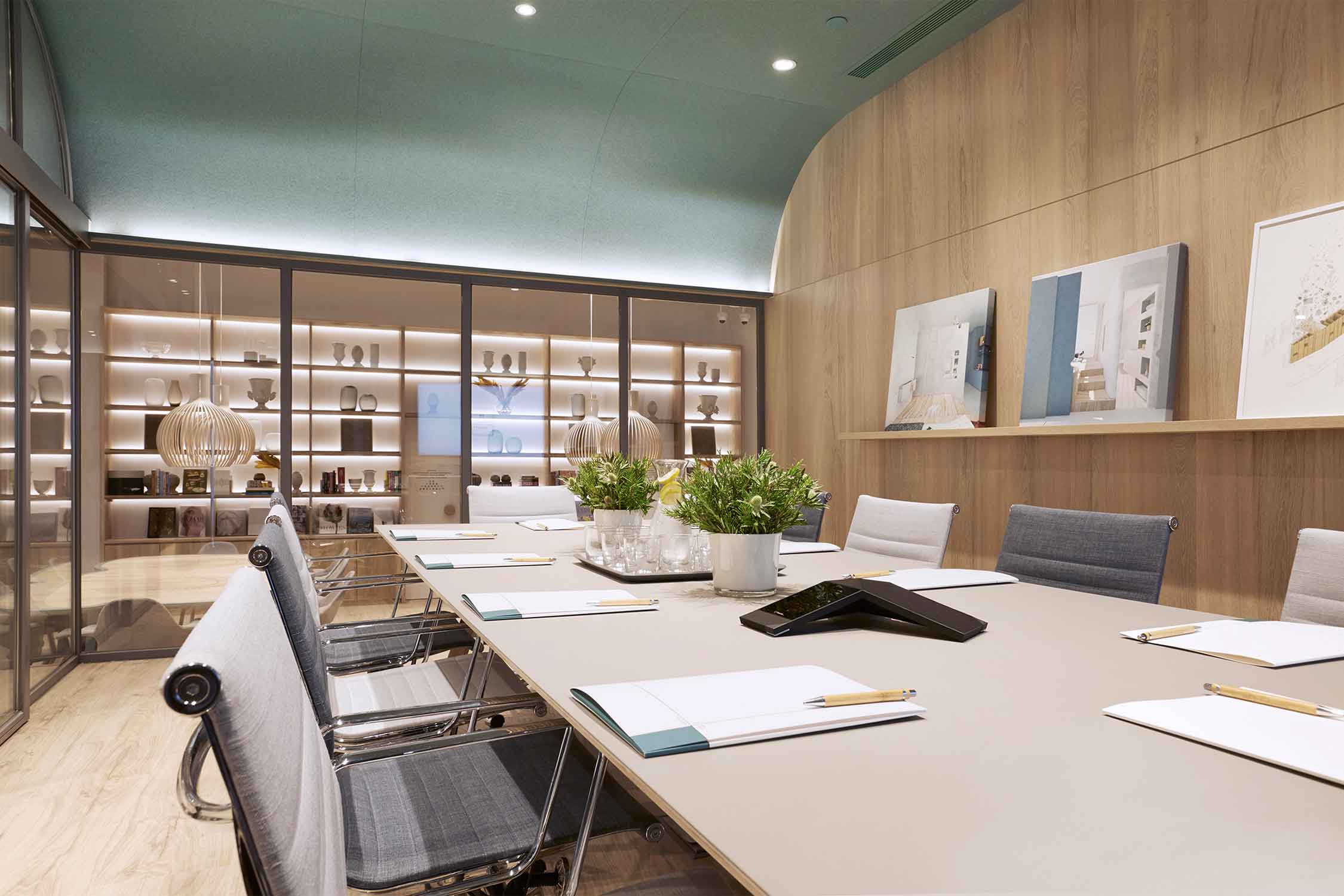 The Work Project, Midtown Hong Kong
The Work Project, Midtown Hong Kong
- WORK-LIFE OSMOSIS
- BEYOND OFFICE WALLS
Beyond Office Walls
The impact of changes may be deep and redound beyond the workplace. Mr. Berkling foresees offices becoming greener and more environment-friendly, reflecting the consciousness of current and future generations towards climate change and the potential to improve workplace productivity.
“We will see that buildings can generate more energy through solar panels, cool through thermal chimneys, use rainwater to flush toilets, and be constructed with highly efficient materials.”
With advanced technology, jobs can be expected to change and with it the expected output from employees, bringing about a transformation in the physical workplace. Overall, the office will become more social with the ability to accommodate the need for personal space, Mr. Berkling believes. “With an increase in co-working layout, there will arise a need to create space for those who need their quiet corners, this may be envisioned as a protective insulated pod for employees to maximize their intense concentration periods.”
Along with the social aspect, offices are more willing to integrate the niche requirements of specific team to enhance productivity, it includes pragmatic layout planning that places business functions that interact more closer to each other, Mr. Berkling points out. Amenities like gyms, bedrooms or social areas as well as specialist tools for content creators can be included in response to workers demanding more support for their working lives with the reduction in physical time spent at the office. The interactions between different teams enhance productivity, so spaces like coffee bars are useful in promoting chance meetings and impromptu idea-sharing.
“With the proliferation of data on every facet of work and the workplace, companies will increasingly use data to drive their decisions about their portfolio and the design of and services available in their workplace, and continue to tailor and refine them to specific employee needs,” Ms. Sutherland adds. This is all in an effort to improve employee experience and get the best out of their people, as well as optimize their own resources.
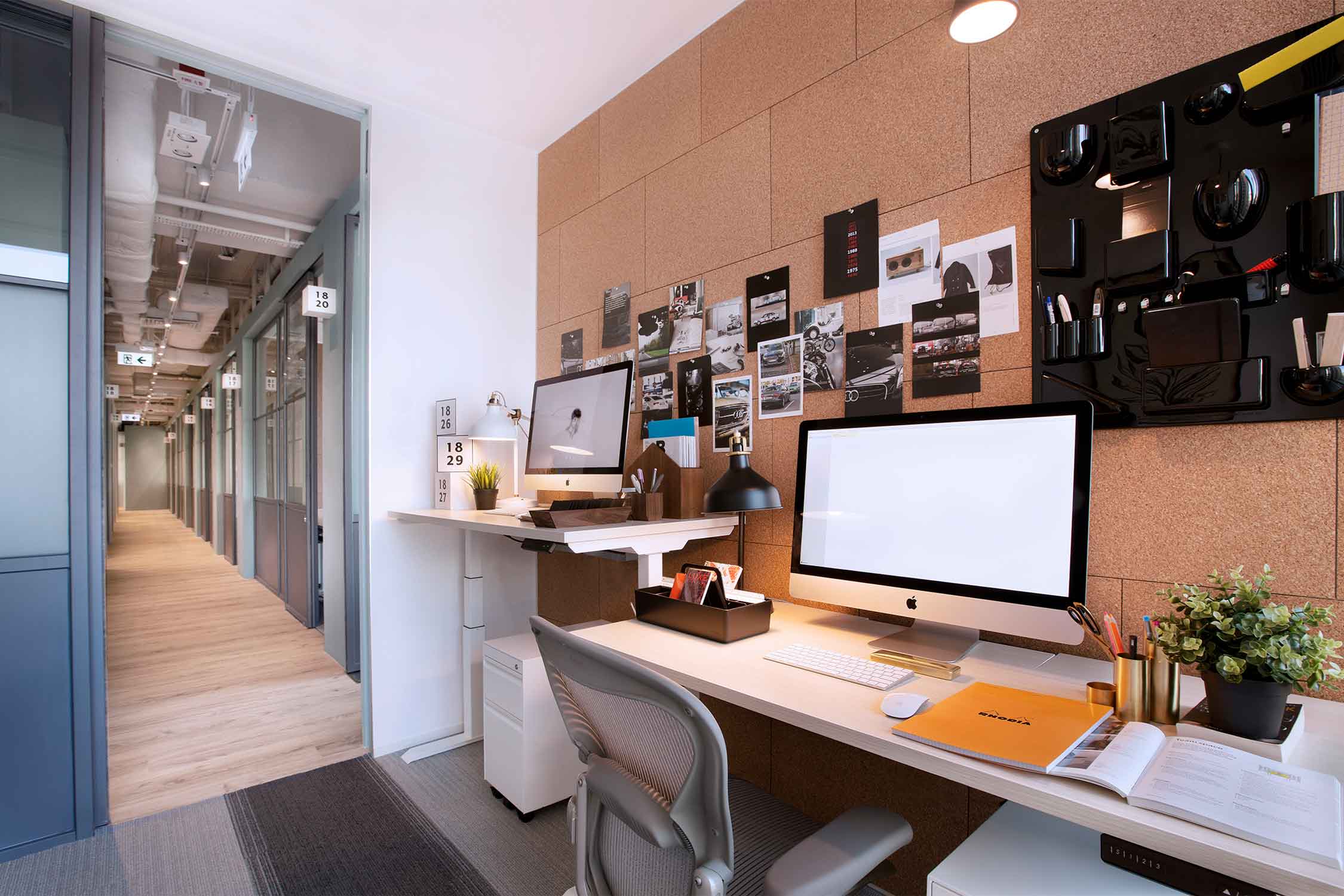 The Work Project, Midtown Hong Kong
The Work Project, Midtown Hong Kong
“For this reason, proptech is a huge priority for the real estate sector – being able to advise and provide solutions for our clients to create a more data-enabled workplace. We’re also building our capabilities to advise clients on how to optimize experience across their portfolios, and to adapt to the future of work. This is where our breadth of experience with clients of all sizes comes to bear – companies always want to learn from best practices in terms of engendering a high-performing and productive workforce.”







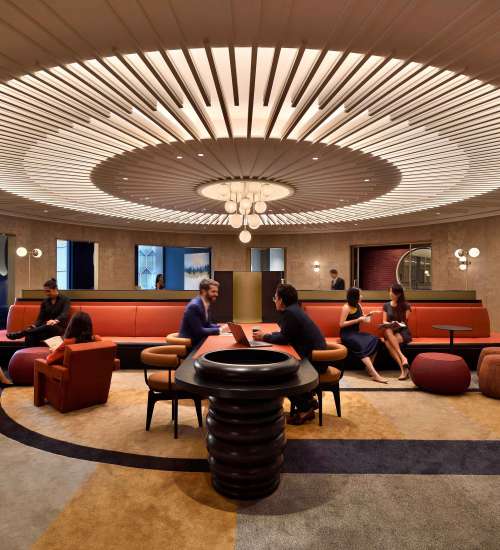
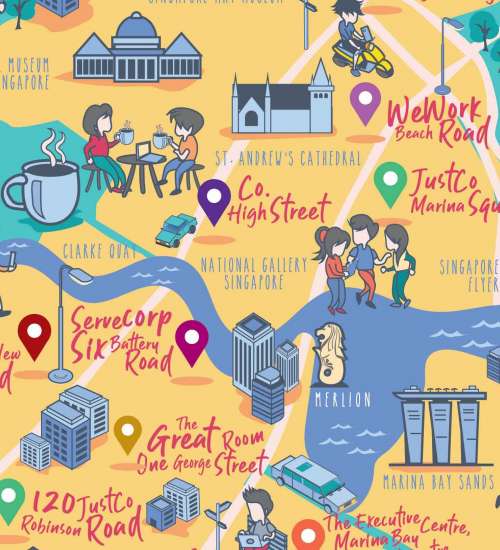


 Back
Back
